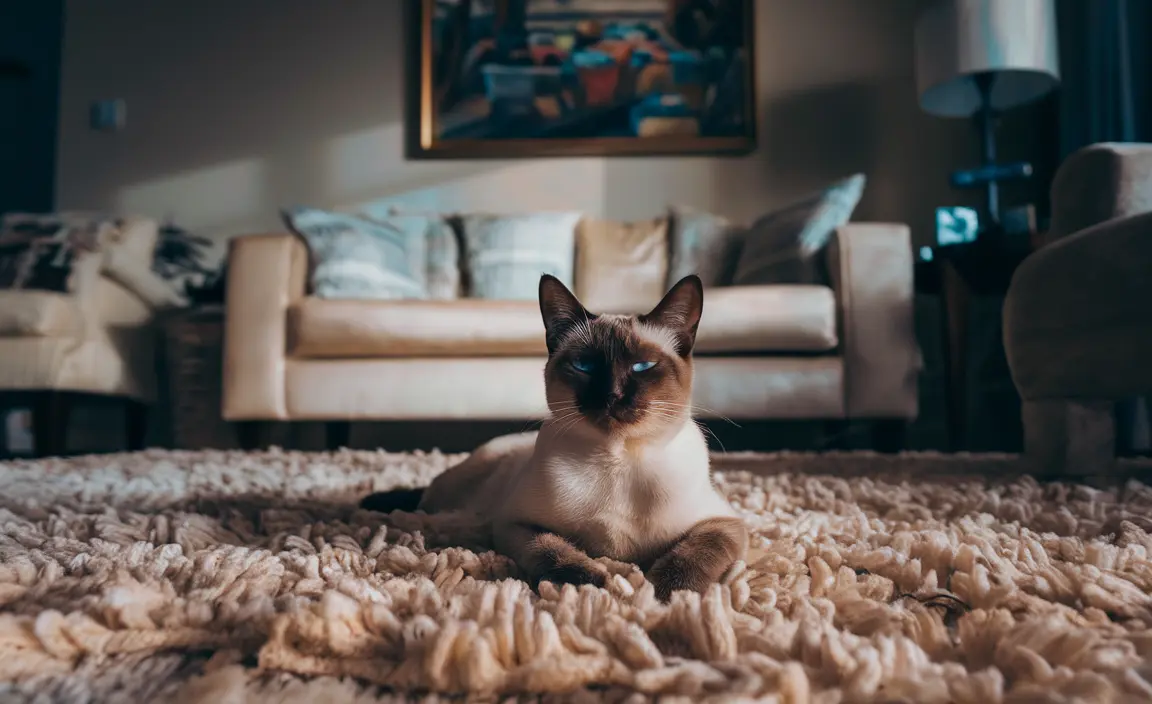Watching a beloved feline companion approach the end of their life is one of the most challenging experiences a pet owner can face. Recognizing the stages of a dying cat can help you provide comfort, support, and compassionate care during this difficult time. This comprehensive guide will help you understand the physical and emotional changes your cat may experience, and how to navigate this heart-wrenching journey with love and empathy.
Knowing the signs of a cat's declining health is crucial for ensuring their comfort and making informed decisions about their care. Whether you're currently supporting an aging or ill cat, or preparing for a potential future scenario, understanding the dying cat stages can provide valuable insight and emotional preparation.
Early Signs of a Dying Cat
The initial stages of a cat's decline are often subtle but significant. During this phase, you may notice several key indicators that your cat's health is deteriorating:
- Reduced appetite or complete loss of interest in food
- Significant decrease in energy levels and increased lethargy
- Tendency to hide or seek isolated spaces
- Irregular sleeping patterns
- Noticeable decline in grooming habits
Physical and Behavioral Changes
Cats are masters at masking illness, making it challenging to detect early warning signs. Pay close attention to changes in their typical behavior and physical condition. A cat that once was social and active may suddenly become withdrawn, spending more time in quiet corners or under furniture.
Progression of Dying Cat Stages
As your cat's condition advances, more pronounced changes become evident. The mid-stage of a dying cat is characterized by:
- Increased difficulty moving or climbing
- Further withdrawal from surroundings
- Significant weight loss
- Messy or unkempt coat
- Reduced muscle tone and overall weakness
Advanced Physical Symptoms
During this stage, your cat may experience more severe symptoms that indicate their body is gradually shutting down. Breathing might become labored, and they may show less interest in interaction or environmental stimuli.
Final Stages of a Dying Cat
The final stage is marked by critical changes that signal your cat is nearing the end of their life. These signs include:
- Extremely shallow or irregular breathing
- Cold extremities
- Loss of bladder and bowel control
- Minimal to no response to external stimuli
- Significant drop in body temperature
Critical Indicators of Imminent Decline
During these final hours, your cat may become completely unresponsive. Their breathing might become sporadic, and they may no longer react to touch or sound. This is an emotionally challenging time that requires immense compassion and gentle care.
Providing Comfort and Support
While facing the potential loss of a beloved pet is devastating, there are several ways you can provide comfort:
- Create a warm, quiet, and peaceful environment
- Offer gentle, soft companionship
- Consult with a veterinarian about pain management
- Consider palliative care options
- Spend quality time offering soft touches and calm presence
Frequently Asked Questions
What are the most common early signs that my cat is dying, and how can I recognize them?
Early signs include reduced appetite, lethargy, hiding behavior, changes in sleeping patterns, and decreased grooming. Pay attention to subtle shifts in your cat's typical routine and energy levels.
How can I ensure my dying cat remains comfortable at home, and what are the best palliative care approaches?
Provide a warm, quiet space, minimize stress, offer soft bedding, maintain gentle contact, and consult your veterinarian about pain management medications or techniques that can improve comfort.
What behavioral changes should I expect as my cat progresses through the stages of dying, and how can I respond to them?
Expect increased withdrawal, potential mood changes like sudden affection or aggression, reduced mobility, and decreased interaction. Respond with patience, gentleness, and unconditional love.
How do I know if my cat is in the final stage of life, and what are the key physical symptoms to look out for?
Final stage symptoms include unresponsiveness, extremely shallow breathing, cold extremities, loss of bladder control, and minimal reaction to external stimuli. These signs indicate your cat is nearing the end of life.
When is it appropriate to consider euthanasia for my cat, and how can a veterinarian help with this decision?
Consult your veterinarian if your cat is experiencing consistent pain, has lost quality of life, or cannot perform basic functions. A professional can provide compassionate guidance on end-of-life decisions and ensure your cat's comfort.






